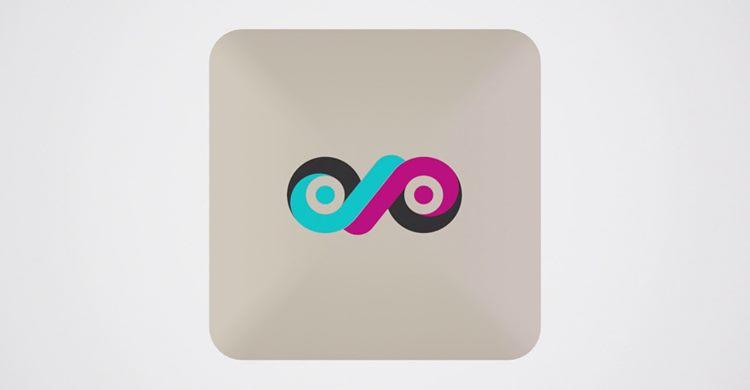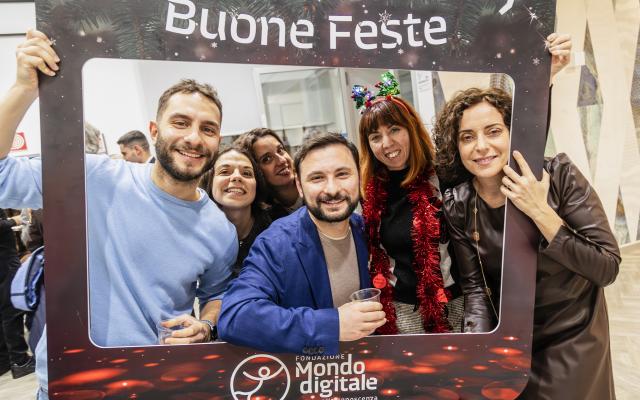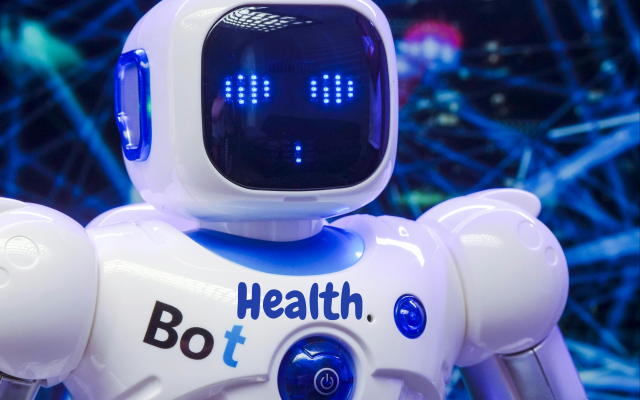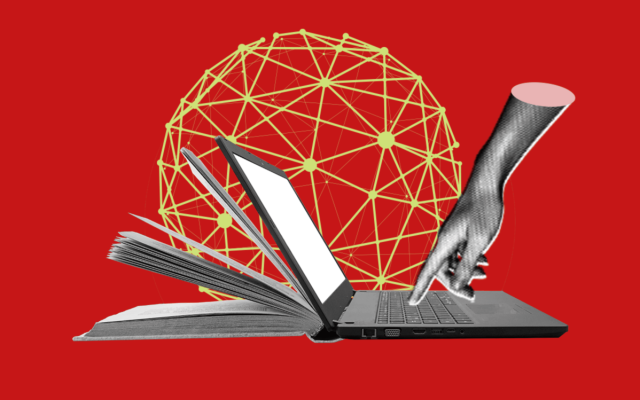“I have looked at your proposals and as usual they are very interesting. I am happy about the optimism that transpires through them. It would be nice if we could resolve everything by February and all meet up at the RomeCup, as a celebration of the ending of this ugly period,” writes Massimo Pescatori in a WhatsApp message. Massimo Pescatori, a Professor of Computer Science at the Liceo Vito Volterra in Ciampino (Rome), chatted with Eleonora Curatola [@Eleonora_FMD] who has recently started contacting professors again to enquire about the beginning of the school year and the true nature of the issues that must be addressed.
Following an initial series of exchanges, the reopening of schools seems to be rather complex, especially due to the need to manage different situations. “Not being able to have the full class present together and having some students work from home is probably an even more complicated situation than the one we faced last year,” adds Prof. Pescatori. Nonetheless, he is an optimist and his tone changes rapidly, too. He is also ready to work, to proudly boast the results achieved by his students.
“I would love to present the project with which our students placed second at the Problem-solving Olympics to a wider audience. We were supposed to present it at the final event in Cesena, but unfortunately it was cancelled, and the students were not able to receive their well-deserved gratification. The project consists of a diorama 2.0 with a lot of augmented reality coding.
So, in the meantime, we will give visibility to these students. Here’s the video in which the students illustrate their project, Diorama 2.0, which they completed during the lockdown. It really is extraordinary!
The students participating on the project are Lorenzo Annibali, Davide Gentilini, Luca Menditto, Irene Miccioni and Francesco Scoglio.
 The student team developed a diorama that allows users to visualise and interact with a wide range of scenarios. The device is composed of composite fibre and organic material (PLA) used for 3D printing. The hardware includes a series of LEDs controlled by an Arduino chipset. The device is controlled by through a smartphone app developed with Unity and which allows users to select different augmented reality scenarios, which were developed with AR Foundation.
The student team developed a diorama that allows users to visualise and interact with a wide range of scenarios. The device is composed of composite fibre and organic material (PLA) used for 3D printing. The hardware includes a series of LEDs controlled by an Arduino chipset. The device is controlled by through a smartphone app developed with Unity and which allows users to select different augmented reality scenarios, which were developed with AR Foundation.



